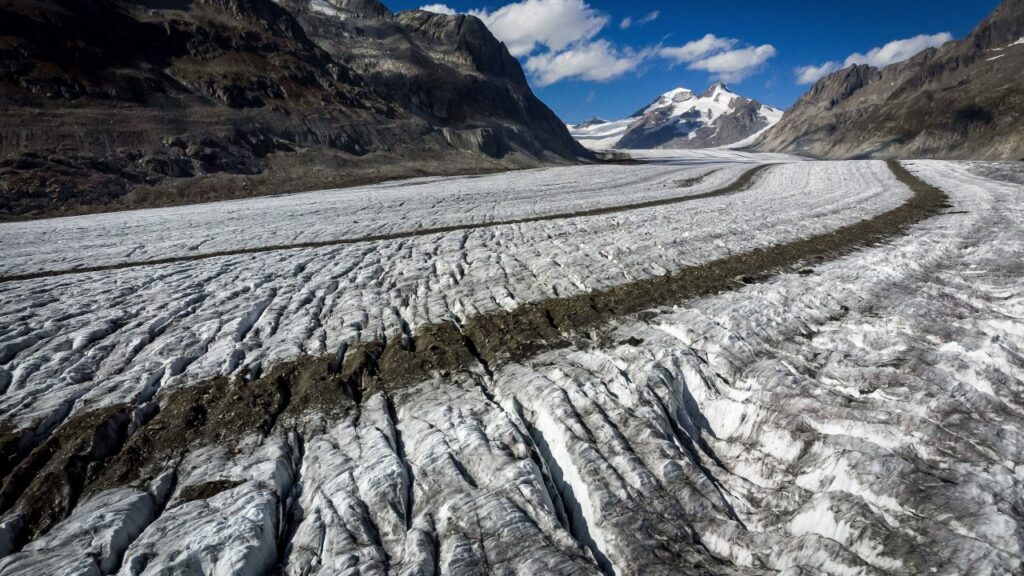Over the past 40 years the amount of solar radiation at the land surface in the EU has gone up. So the continent is getting brighter literally if not figuratively. Indeed according to a study published last year by a group of Swiss scientists led by Dr. Linda Schillinger (h/t Friends of Science), satellite and ground-based measurements show that the amount of sunlight getting through the atmosphere to the surface went up. But oddly, what drove the change from 1983 to 2002 is different from what drove it subsequently, from 2020. In the earlier period the brightening happened due to declining aerosol density in the air, likely due to the closure of dirty Soviet industries and stricter air pollution rules in the EU. But by 2000 that process was complete. Then cloud cover began declining, and that unrelated change led to a continued brightening until the present. While the authors don't draw a connection between cloud cover and climate warming, we have reported previously on other studies that do, and now we say it again: climate is complicated, modelers don’t handle clouds well and even small reductions in cloud cover explain a lot of warming without greenhouse gases having anything to do with it.
The Schillinger study involved taking data collected by satellites which they combined with data from a network of solar radiation monitoring sites at the surface and they were able to develop a statistical model that predicted changes in surface solar energy based on satellite readings. Then they collected data on cloud cover, aerosols, water vapour and other variables in the atmosphere. And while they didn't find changing water vapour had an effect on surface brightening, they found that aerosols and cloud cover did. However, as mentioned, these two factors exerted their main influence at different times.
This finding reaffirms a point we've reported on before. Even if the sun didn't get much brighter over the past 20 years, so the amount of solar energy hitting the upper atmosphere didn’t change much, the amount of solar energy hitting the surface did rise significantly which has to have had a warming effect. Yet this process, like many others, is not replicated in climate models.
Other authors have tied that rise in solar energy hitting the surface to circulation changes in the Pacific Ocean. Whether that is true and important or not remains in the land, or sea, of hypothesis not settled result. But we certainly can already say that there is yet more evidence that the sun and clouds together are having a warming influence on climate that simple climate models don't take account of, and probably blame incorrectly on your carbon emissions because it’s what they’re programmed to say.
See Comments 
Bright times in the EU
19 Feb 2025 | Science Notes



Aerosols….IPPC charts offset much of CO2 warming with aerosol cooling to tell us “CO2 is worse than we think”. But we actually have no historical data on what aerosol levels were prior to say the 1960’s. We do know that forest fires were pretty common prior to the industrial age. We know that industrialized London had pretty filthy air along with many other industrialized cities. We know that wood and coal furnaces produce a lot of aerosol.
But urbanization and industrialization only cover about 1/2 % of planet Earth’s land and near zero of the other 70% ocean and ice. It is quite possible that human produced aerosols are insignificant compared to naturally produced aerosols from boreal forests, ocean waves, forest fire smoke, etc. We simply don’t know, yet we apparently know enough to explain why we’re lucky that we have aerosols to balance out much of CO2 forcing….Ha…
See my comment on tha previous article about Hansen and his fantasies. Nikolov
and Zeller show the excellent correlation between cloud albedo and temperature. QED